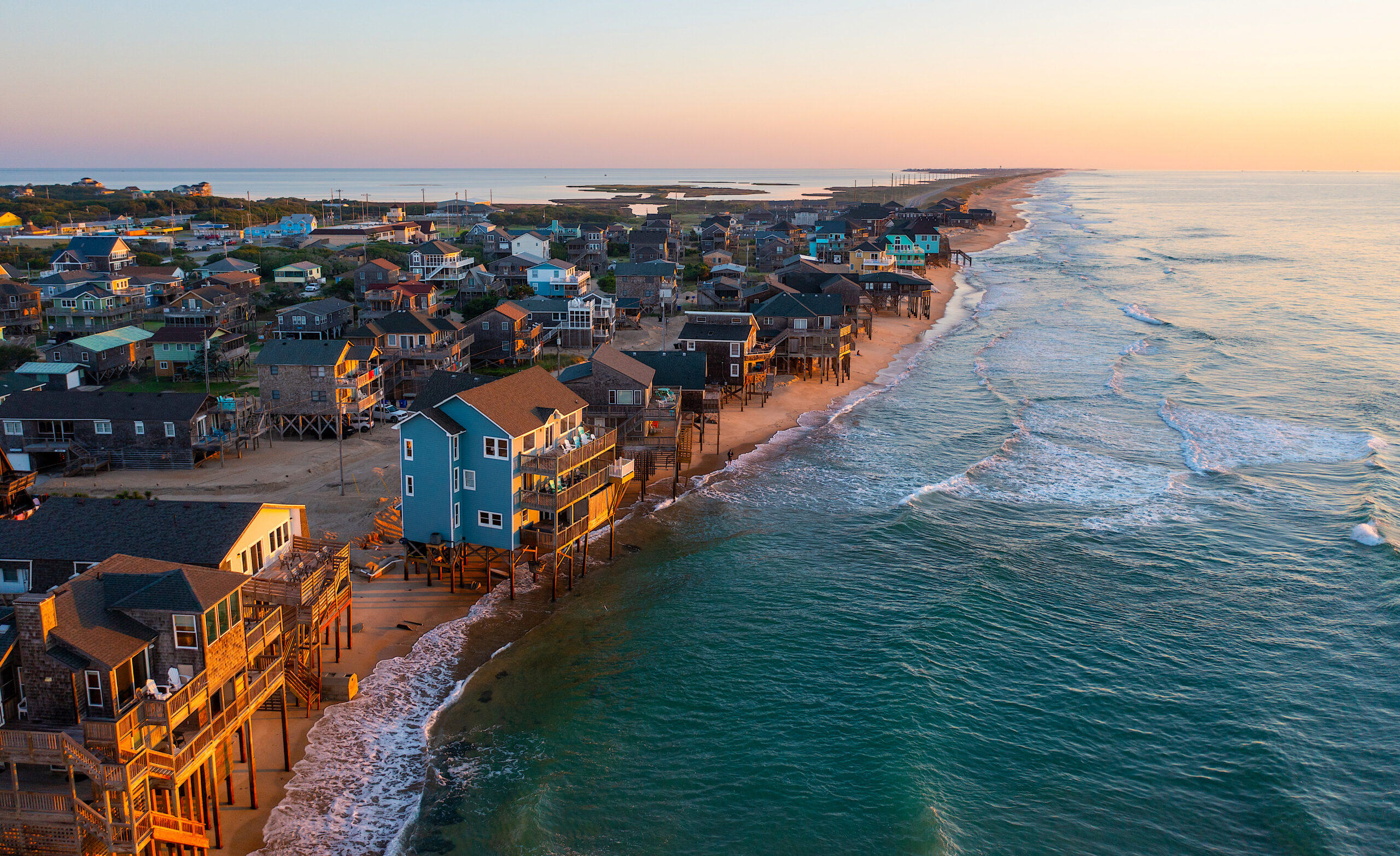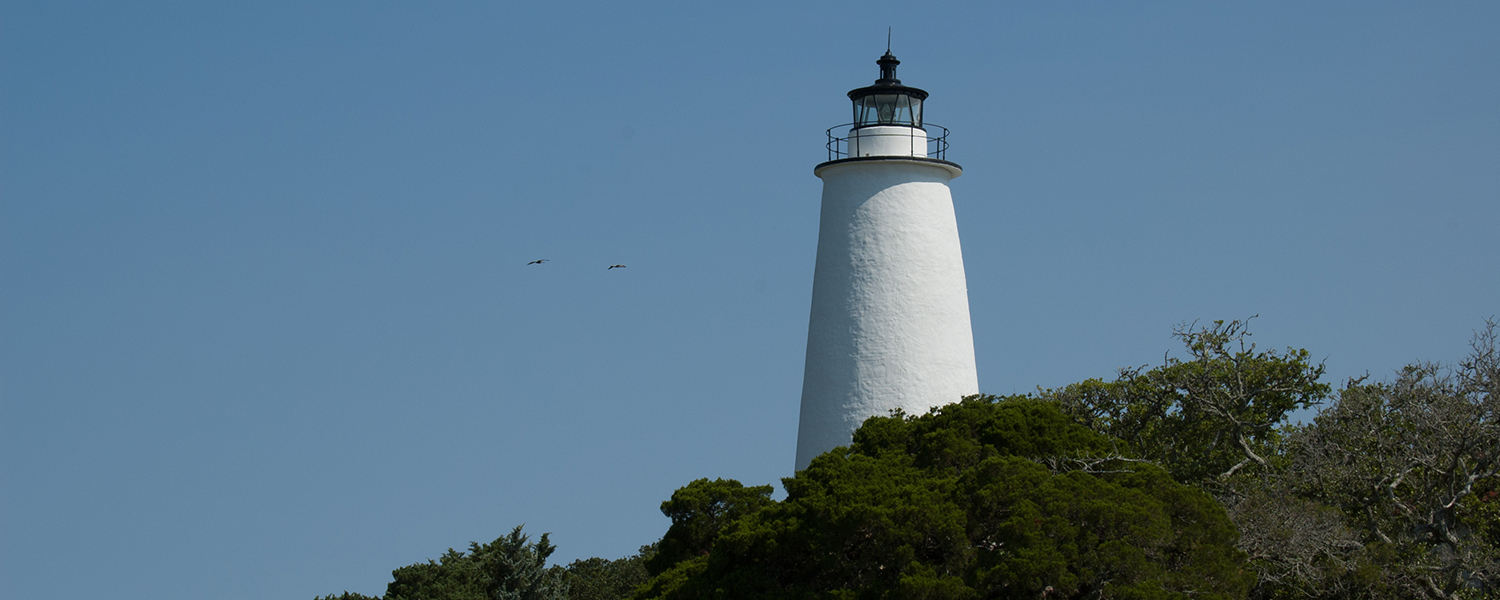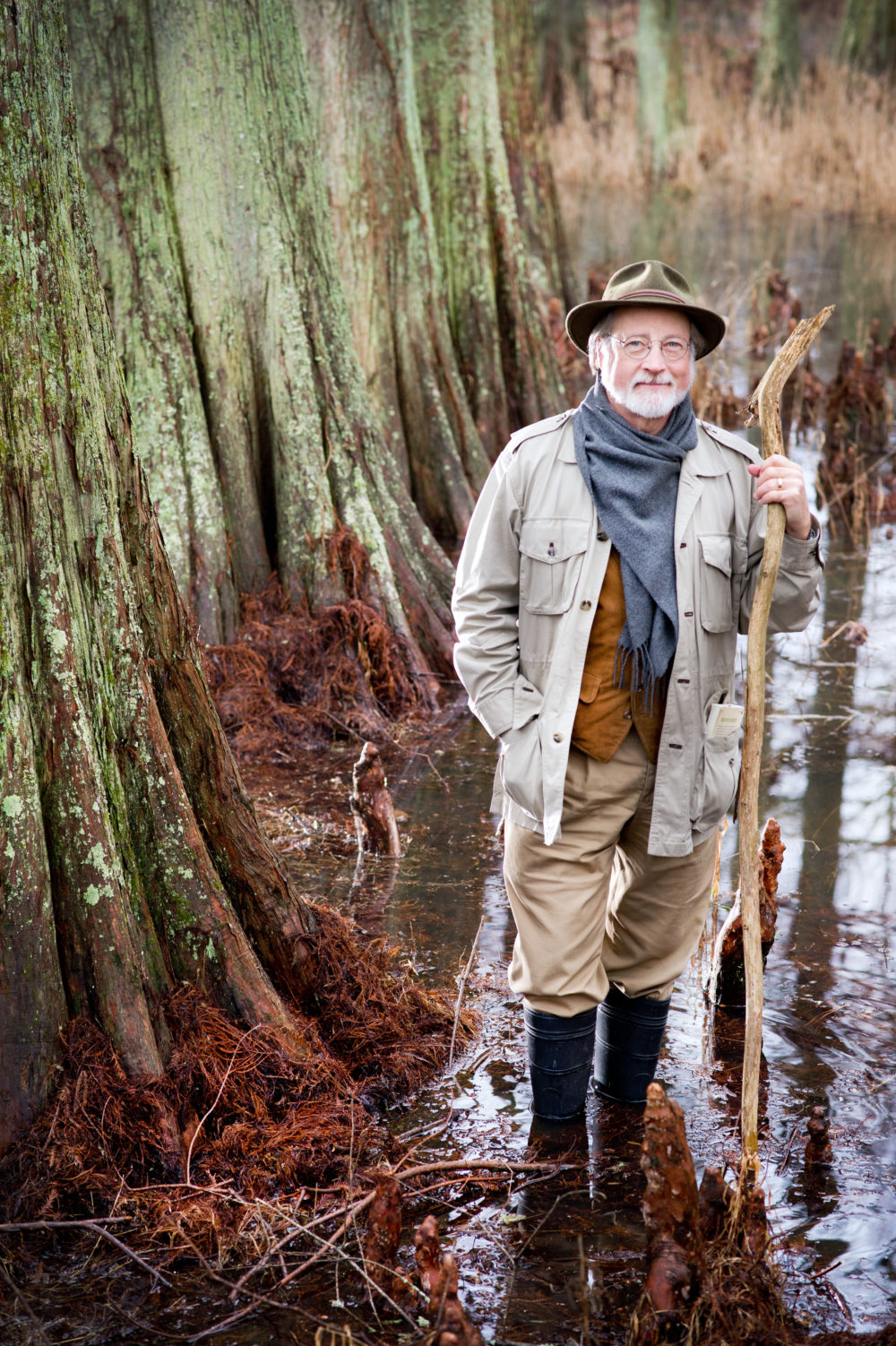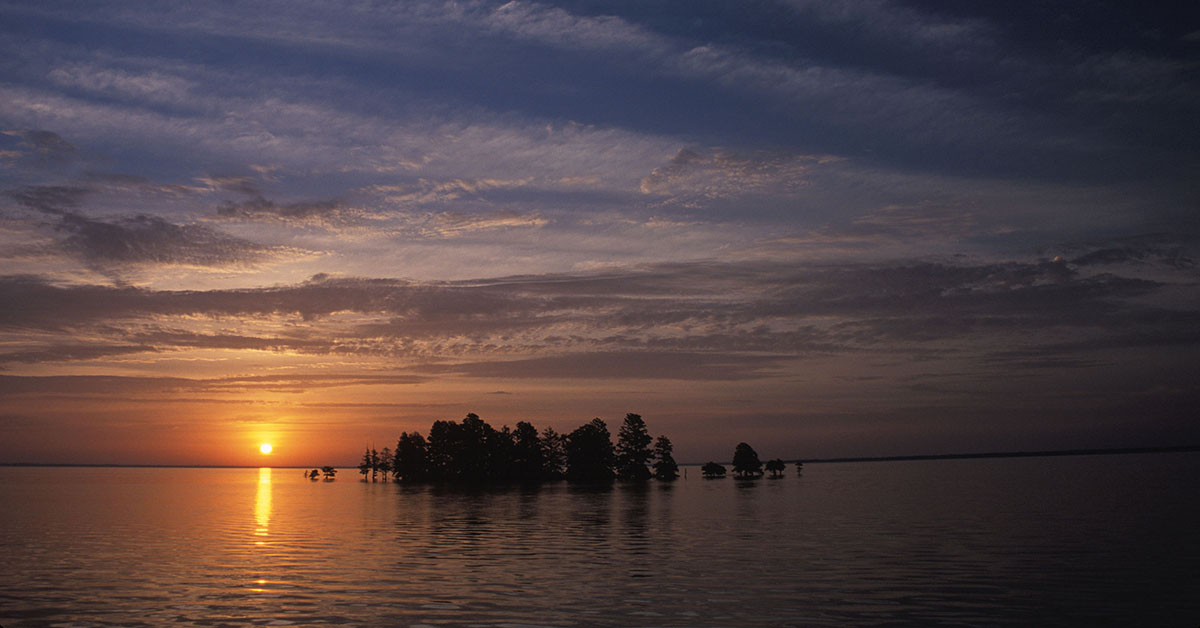From the Executive Director: Building on Strengths, Keeping an Eye on Opportunities

North Carolina Sea Grant is a truly entrepreneurial organization in delivering research, education and outreach impacts across our coast. Over the five years since I joined Sea Grant, I repeatedly have observed the underlying threads of our success: the ability of our team and researchers to build on existing expertise, while identifying new partners who broaden Sea Grant’s reach and programming.
In 2016–17 alone, our research and outreach projects generated more than $7.7 million in economic development impacts. We engaged over 17,000 K–12 students through educational programming.
Clearly, this sampling of Sea Grant’s achievements reflects the team’s energy, our partners’ engagement and our commitment to working together. I regularly use examples like these to illustrate our program’s returns on investments, or ROI. In fact, our ROI is 13.8 to 1 for seed funding.
But metrics highlight only a portion of our impacts.
The stories we capture by working in the eld, with communities, often are more powerful testaments to our successful, entrepreneurial program. For example, Sea Grant has worked with local leaders to identify climate adaptation strategies for the Town of Nags Head. We also have assisted industry partners in shellfish aquaculture to increase productivity, a topic included in this issue of Coastwatch.
Each year, we offer a snapshot of metrics and impacts. You can find our 2016–17 snapshot document here.
We are eager to receive and share new success stories from 2017–18, including from about 85 researchers spread across the state, who are exploring topics important to ecosystems and economies.
For example, researchers from East Carolina and Duke universities are helping to identify the next generation of coastal leaders. Also, collaborators from NC State University and the University of North Carolina at Chapel Hill are studying water quality topics, such as algal blooms in the Neuse River Estuary and cyanobacteria blooms in the Cape Fear River. And a team from UNC Wilmington is looking to increase production for marine finfish aquaculture.
Coastwatch will continue to bring you these stories and more.
In 2018, we are adjusting the magazine’s print schedule to seasonal issues, while we expand our digital communications efforts to include more online stories, as well as multimedia pieces featuring informative graphics, audio and video.
Those new efforts will include Julie Leibach, who joined our team in December as a science writer and digital content specialist, and a new managing editor. Last year we offered best wishes to former managing editor E-Ching Lee, who moved to the private sector after eight years as a key member of our communications team. We will keep up with E-Ching, as her connections to the Sea Grant family go back to her days as a graduate fellow. Read more about Julie and E-Ching in our Tidings section of this issue.
We look forward to projects with colleagues from N.C. Space Grant and the Water Resources Research Institute of the University of North Carolina. We also will continue collaborations with UNC-TV, the University of North Carolina Press and the N.C. Coastal Reserve, among others.
This spring also brings a sea change of sorts to our program, as Jack Thigpen retires after two decades as our extension director. In the next issue of Coastwatch, you will learn more about Jack’s leadership as well as his work on topics ranging from birding trails to seafood marketing and natural resource policy.
So sit back and enjoy this issue. And maybe take a moment to send me a note about what you see as Sea Grant’s ROI in your community or industry, or on any topic that matters to you. You can always reach me at snwhite3@ncsu.edu.
- Categories:


